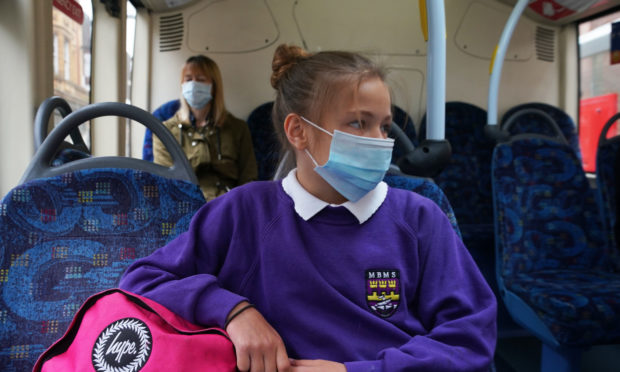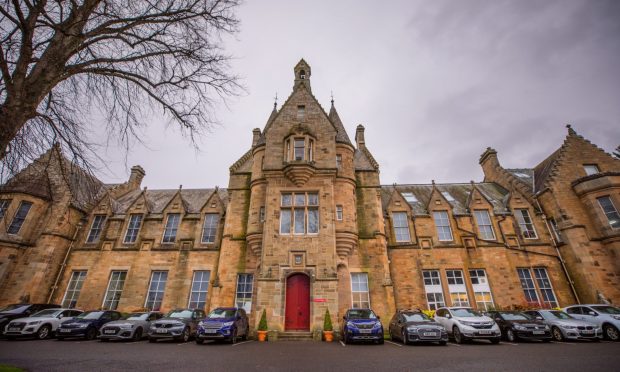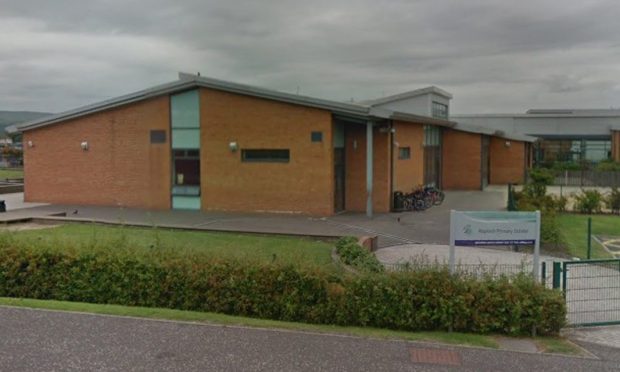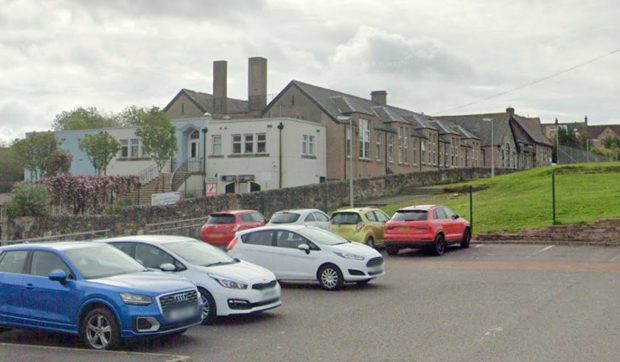Families of thousands of Tayside and Fife pupils who use school buses have been told there will be no need for face masks or distancing on board.
Guidance issued by the Scottish Government on Thursday states that school transport should be considered an extension to school buildings – where the same approach will be taken – when they reopen in August.
Schools have, however, been told to consider staggered starts and finishes to free up space on vehicles.
And families have been urged to consider alternative means of getting to and from school, including walking, cycling and scooting.
The government’s Covid-19 advisory sub-group on education and children’s issues said that the current low prevalence of coronavirus in Scotland meant school transport could operate without mandatory face coverings or distancing – unless there was an increase in cases in late July and into August.
While passengers on public transport are required to wear face coverings and observe one-metre distancing, the group said risk of transmission on school buses was acceptably low if measures such as hygiene, ventilation and improved cleaning regimes are in place.
What will happen on school buses?
More than 17,000 Tayside and Fife schoolchildren are entitled to school transport, with the greatest number in Fife and the highest proportion in Perth and Kinross.
They will be required to sanitise their hands each time they board the bus, and eating and drinking on board will be banned.
Where possible, youngsters will use the same seat each day and siblings should travel together.
Adults who have to share school transport with them should, however, wear masks and observe one-metre distancing as on public transport. The exception is where they are accompanying a child with additional support needs for whom this would, for example, limit communication or cause distress.
Fife
With 12,000 pupils – one in five – entitled to free transport, Fife has the highest number of schoolchildren travelling by bus and uses 250 buses.
Head of education with Fife Council, Shelagh McLean, said: “Arrangements are well advanced for pupil transport and a number of scenarios are being worked on.
“Fife, like other local authorities, has been liaising with the Scottish Government on some operational matters, however we will work through the new guidance to ensure that we are fully compliant.”
However, there are some children who use service buses, who may be advised not to do so.
Carrie Lindsay, executive director of education and children’s services, told councillors the authority was still working with the government on this issue but said: “Where young people maybe use a service bus and use a pass because it’s a non-entitled transport then we think that the advice will have to be that they would not use those buses because we couldn’t guarantee that they would be able to get on the buses.
“We’ve already been encouraging our parents to think about how children can walk to school, cycle to school, use their scooters.”
Perth and Kinross
Perthshire has the highest proportion of youngsters – one in four – bussed to school, with 4,300 entitled to transport.
It is understood Perth and Kinross Council asked parents at the end of last term whether they were able to drive children to school.
Kinross High School parent Fiona Stewart, of Kinnesswood, said she and fellow parents nearby were worried about transport
She said: “Both my boys get the bus to school, we live in a rural village.
“I was concerned, I have to say. My children are entitled to get the school bus.
“There might have been days we could take them to school but because we’re working we couldn’t pick them up.
“I know there will be parents saying this is terrible, they need to socially distance, but I don’t think they do.
“My kids have not been shielding, they don’t have any health concerns.”
Dundee and Angus
In Dundee almost 6% and in Angus almost 12% of pupils take the school bus.
Drivers
Drivers on public, and to a lesser extent school, transport were said to be at a higher risk of exposure and must be protected from airborne and surface transmission.
The advice states that installations such as protective barriers and screens for the drivers may be appropriate, based on assessments by operators and licensing authorities, and drivers should wash or sanitise their hands regularly.
It is understood there are concerns among operators for pupils who rely on service rather than dedicated school buses.
Paul White, director of the Confederation of Passenger Transport Scotland, said: “CPT remains in discussions with the Scottish Government and local authorities regarding the provision of home to school transport.
“Given how soon schools will reopen it is critical we reach a quick understanding as to how today’s published advice impacts upon the practicalities of operating both dedicated school transport and school children travelling on registered buses.
“The safety of school children, bus users and drivers is paramount.”
Stagecoach East Scotland, which is contracted to provide a number of school bus services in Tayside and Fife, said it was in discussion with local authorities and awaited further guidance.










